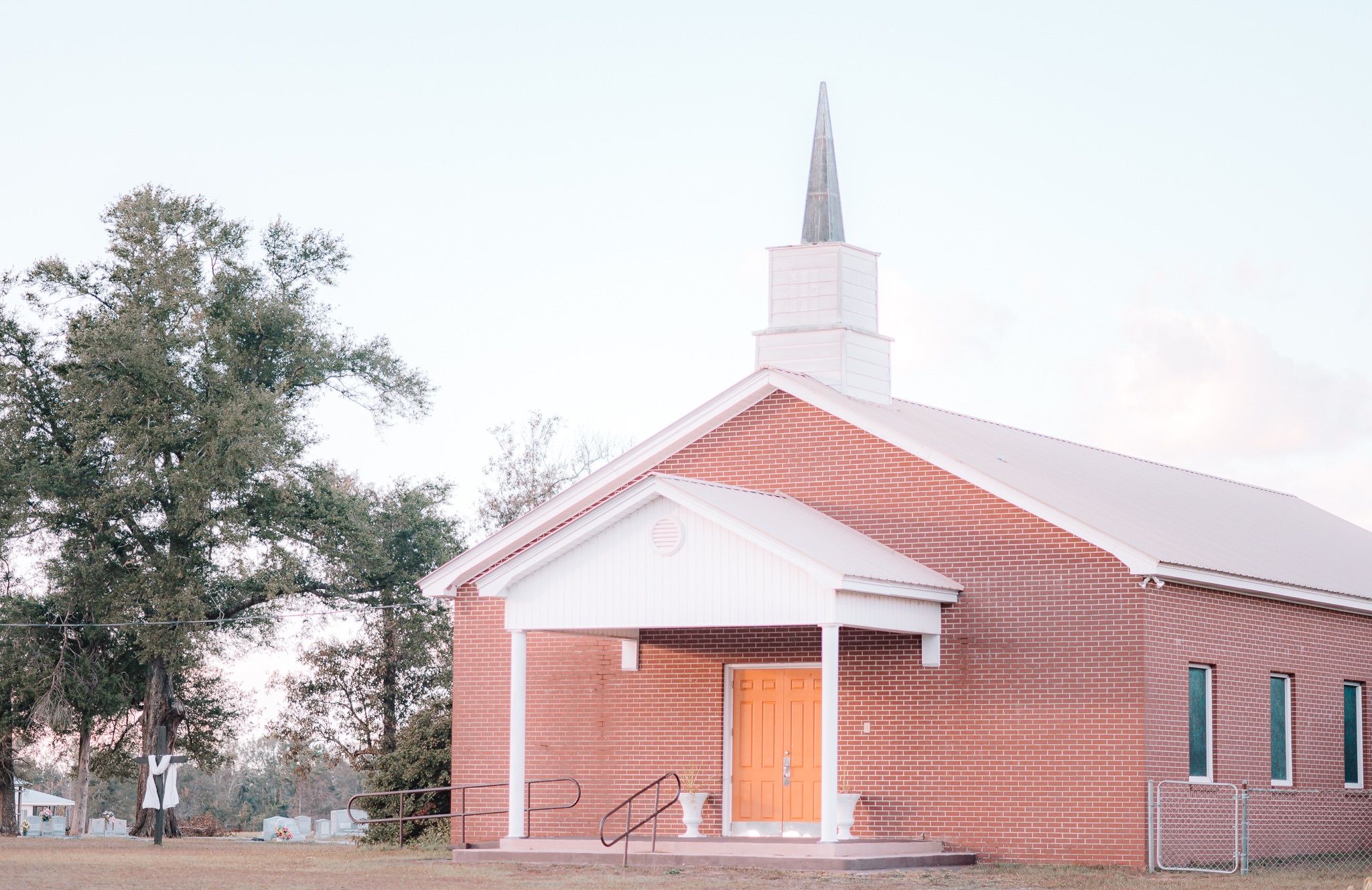You’re a Replanter– Now What?
You’re a Replanter– Now What?
If you’ve been interested in replanting for even a short amount of time, you’ve most likely heard these statistics:
- “Seven out of ten churches are either plateaued or declining.” (Mark Clifton, Reclaiming Glory)
- A recent Gallup poll states there has been a 10 point drop in attendance from the previous decade.
- 45% of American adults say they attend religious services, an all-time low, despite huge growth in the overall population.
Based on these statistics alone, there is a solid chance that graduates from seminary today are far more likely to be called to pastor a replant than a successful, healthy church. They are much more likely to need to be able to meet the needs of their congregation while also balancing the specific needs of their community and their facilities. Many of them will be bi-vocational, requiring them to have another career path in addition to ministry. And because replants are typically lacking in resources, they may find themselves leading multiple types of ministries with a shoestring budget.
Thankfully, our seminaries are realizing this reality and are preparing their graduates for life after the degree with classes, books, and cohorts on Replanting and Revitalization.
Unfortunately that wasn’t the case for us.
“Best Start Believin’ in Ghost Stories, Ms. Turner– You’re in One.”

Like Elizabeth Swann in Pirates of the Caribbean, I was in the story of a replant before I even knew the term “replant.” We had been at our church for 10 years in youth ministry before my husband was hired as the Senior Pastor. We knew how to grow a “successful” youth ministry. But in those ten years, we realized that numbers didn’t necessarily equal health, and we witnessed the need for a church that was wholly devoted to disciple-making and for the church to invest in parents, equipping them to be their children’s primary disciple maker.
We were in the midst of changing our youth ministry strategy when the Senior Pastor was called to another church. My husband served as the interim pastor while we evaluated the church’s condition. By the time he was elected as the Senior Pastor, we had identified a steady declines in Sunday morning attendance, in the church annual budget and giving, and in the overall facilities. For the first two years, we were scooping buckets of water from a ship that seemed intent on sinking. Our ministries were failing to attract anyone, and our church was an eyesore instead of a lighthouse in the community. The parking lot was rutted with weeds and broken asphalt and the children’s area looked more like the Island of Misfit Toys than a place of security and joy. Our budget was misaligned– there was money in the bank, but limits on how it could be used and many, many areas that desperately needed it. We began to address the needs of our church and try to bring this dying church back to life. But by the time we heard the term and started seeing ourselves as “replanters,” we were already in deep, treading water to stay afloat.
Back to the Basics

I wish we had known then what we now know. The first few years of any replant are hard, but they don’t have to be complicated. On one of the very first episodes of the Replant Bootcamp podcast, JimBob spoke with a replant pastor about the basic first steps every pastor should take in a replant. If you’re in your “rookie” years of replanting, allow me to share a few of those tips that would have helped us if we had known them! And if you’re a seasoned replanter, allow this to remind you of the basics of replanting.
- Visit Everyone in the Church
- Make pastoral visits a high priority in your first year to get to know everyone in the congregation. Get an understanding of where they are spiritually, hear stories of the church and their lives. You need to know the sheep in order to shepherd the sheep.
- Preach the Gospel
- This is not just about having an invitation at the end of each sermon. This is about aligning everything the church does with the gospel. We recommend ‘Gospel Driven Church‘ by Jared Wilson as a great resource on this topic.
- Reach Out to the Community
- Get to know your community. Build relationships with people in the community. Make a difference in the community. Effective replant pastors work hard to move their churches to have a missional focus. Remember, you cannot reach a community you resent– you must build love for the community into your DNA as a church.
- Find Some Men to Disciple
- In Reclaiming Glory, Mark Clifton defines success in replanting as a church that is making disciples that makes disciples that make the community noticeably better. The young men in your church need you to disciple them so that they can serve and fulfill their God-ordained callings. (This recent blog post by Caleb Duncan speaks to the need for discipling others as a major part of replanting.)
- Evaluate the Condition of Your Church
- When you walk into a dying church there are often a lot of things that need to change, and you can’t change them all at once. Start evaluating and making a private list in your prayer journal. Take the initiative to help the church move forward as an organization. Be patient as you move toward change, but keep moving forward.
- Don’t Forget to Celebrate
- As mentioned in the last point, you need to evaluate. But be careful not to let this give you a negative outlook. Find things to celebrate and find joy in celebration. Lead with celebration and encouragement.
- Don’t Take Yourself Too Seriously
- Have fun! The weight of it all can make you feel like everything is make or break. The church you are pastoring has likely been in decline for a long time – one bad Sunday under your watch won’t kill it, trust us!
- Find Some Friends!
- DO NOT WALK THIS ROAD ALONE! Replanting is gritty and glorious work. There will be plenty of discouragement; work to build some relationships with people who are encouragers. Find other pastors who are farther along than you to walk this road with you. This is one of the biggest things that helped us survive our first five years. (See these past blog posts on the necessity of encouragement and friendship in ministry.)
Our rookie years were definitely some of the hardest we’ve ever had in ministry. They were followed by a year or two that was EVEN HARDER. We walked through moral failures in some of our leadership, a scandal that had far reaching effects on our community, and at one point even had to deal with threats of violence against my husband and our family. But through every challenge and every obstacle, God has been faithful. We may not have known we were in a replant, but God did– and He knew exactly how to bring our church back to life. After all, He was the one who planted it initially. All we did was replant.















